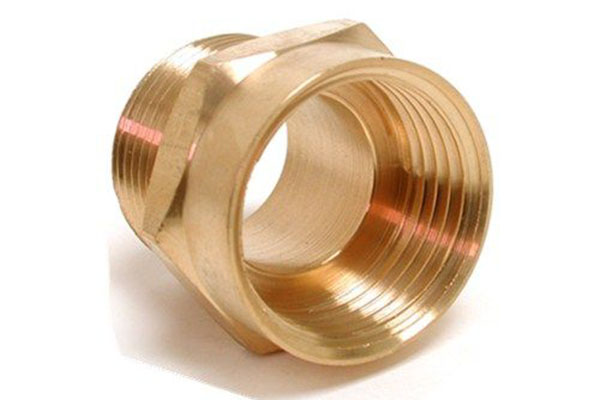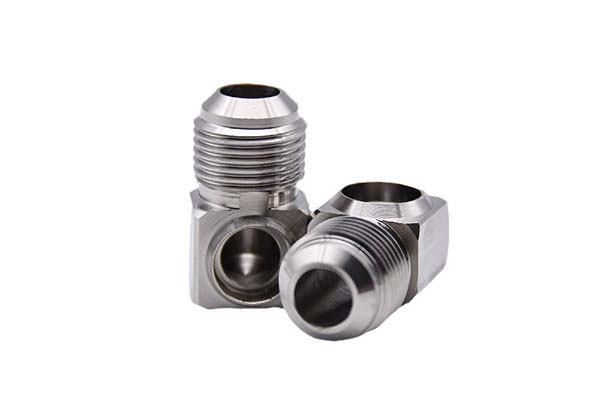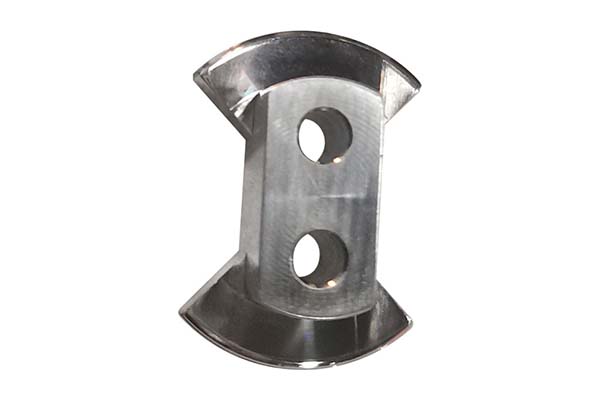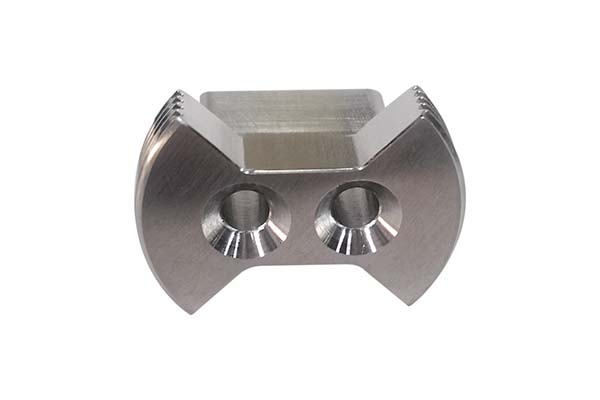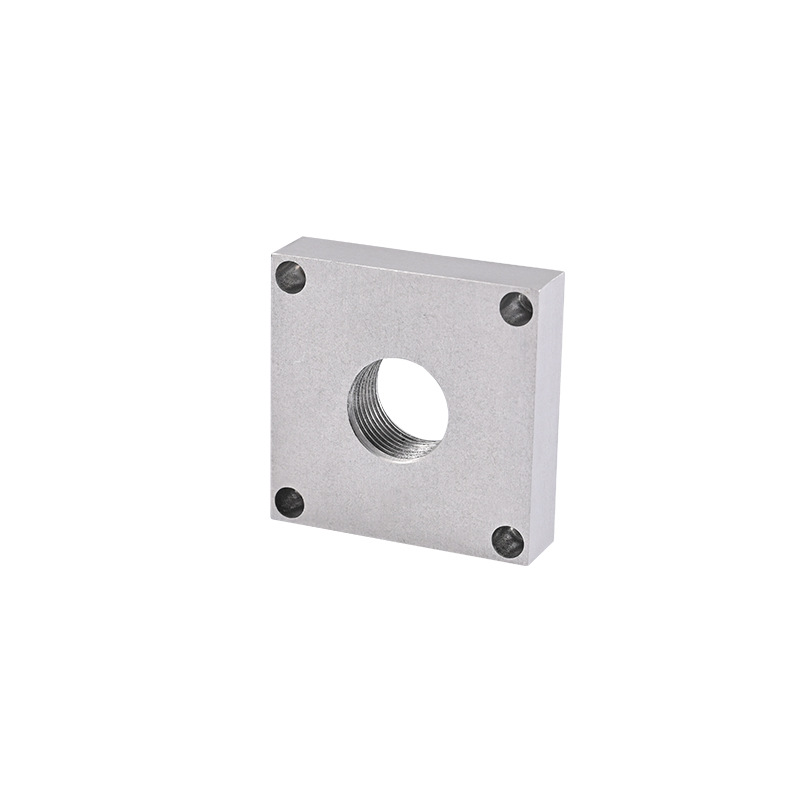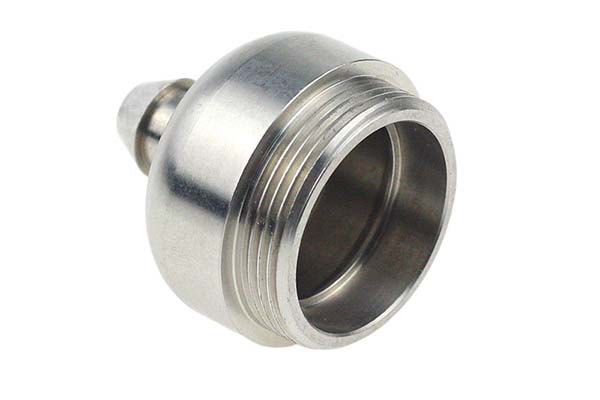What is the Role of the 5th Axis in Machining and How Does It Enhance Precision?
In modern manufacturing, achieving high precision is critical, especially in industries such as aerospace, automotive, and medical device manufacturing. One of the most advanced machining techniques that help achieve this precision is 5-axis machining. This technology adds an extra dimension of motion to the conventional 3-axis machining, allowing for more intricate and complex geometries with improved accuracy. In this article, we will explore what the 5th axis entails, how it enhances machining capabilities, and its various applications across industries.
Definition and Importance
What is the 5th Axis?
The 5th axis in machining refers to an additional degree of freedom in the machine tool's movement, enabling it to move in more than just the standard three axes (X, Y, Z). The 5th axis typically includes either:
- A-axis: Spindle tilt (rotation around the X-axis).
- B-axis: Table rotation (rotation around the Y-axis).
These extra rotational movements allow the cutting tool to approach the workpiece from multiple directions, which improves the precision, flexibility, and capabilities of CNC machines.
Importance of the 5th Axis
The 5th axis in machining significantly enhances the precision and versatility of CNC machines. It allows manufacturers to:
- Machine Complex Geometries: Parts with intricate shapes, such as turbine blades, molds, or medical implants, can be machined with greater ease and precision.
- Reduce Setup Time: Unlike traditional methods where the workpiece needs to be manually repositioned, 5-axis machining allows the tool to reach multiple angles without changing the position of the part.
- Improve Surface Quality: The tool can maintain a consistent orientation to the part surface, resulting in smoother finishes and reduced tool marks.
Comparison to Traditional 3-Axis Machining
Standard 3-Axis Machining
In 3-axis machining, the machine tool moves along three linear axes—X (left-right), Y (forward-backward), and Z (up-down)—while the workpiece remains stationary. This process is effective for simpler, prismatic parts, where only straightforward movements are needed. However, 3-axis machining has limitations when it comes to producing complex geometries or parts requiring multi-angle cutting.
Advantages of 5-Axis over 3-Axis
- Geometric Flexibility: 5-axis machining can create complex, multi-dimensional shapes that would be difficult or impossible to achieve with 3-axis machining.
- Increased Efficiency: With the ability to machine from multiple angles without repositioning the workpiece, fewer setups are required, saving time and reducing the risk of errors.
- Enhanced Precision: The additional rotational axes enable better tool positioning, which enhances part accuracy and reduces machining errors.
- Material Savings: The optimized cutting paths reduce waste by ensuring the tool cuts in the most efficient manner, particularly important when working with expensive materials.
Types of 5th Axis
A-Axis (Spindle Tilt)
The A-axis involves tilting the spindle of the CNC machine, which allows the cutting tool to approach the workpiece from a variety of angles. This is especially useful for producing internal features, undercuts, or difficult-to-reach areas on a workpiece that would otherwise require extensive repositioning or secondary operations.
B-Axis (Table Rotation)
The B-axis involves rotating the table that holds the workpiece. This allows the workpiece to be presented to the tool at various angles, making it easier to machine external geometries, such as curved surfaces or detailed contours, without repositioning the part. The B-axis is commonly used for parts like turbine blades, engine components, and molds.
Benefits of 5th Axis Machining
Enhanced Precision and Accuracy
The major advantage of 5-axis machining is its ability to produce parts with high precision. With the ability to move the cutting tool along multiple axes, it is possible to create highly complex shapes with tight tolerances without repositioning the workpiece. The more the tool can remain oriented to the part throughout the cutting process, the less likely it is that the part will experience misalignment.
Improved Surface Finish
In 5-axis machining, the tool can maintain a consistent cutting angle in relation to the part’s surface, which results in a smoother, higher-quality surface finish. This is crucial for parts that need to meet stringent cosmetic or functional requirements, such as in the aerospace and medical device industries.
Reduced Machining Time
5-axis machining minimizes the need for multiple setups, which not only saves time but also reduces the possibility of errors between each repositioning. Since the machine can access various angles in a single setup, it speeds up the entire process and reduces the need for additional operations, such as secondary machining or manual labor.
Applications of 5th Axis Machining
Aerospace Industry
In aerospace manufacturing, the demand for precision and complexity is paramount. Components like turbine blades, engine parts, and aircraft structural elements require the highest levels of accuracy and intricate geometries. 5-axis machining enables the production of these parts with tight tolerances, helping meet the rigorous safety and performance standards required in the aerospace sector.
Automotive Sector
The automotive industry, with its need for high-performance and reliable parts, benefits from 5-axis machining for producing engine blocks, cylinder heads, chassis components, and transmission parts. The ability to create complex shapes and geometries with precision enhances both the functionality and durability of these components.
Medical Device Manufacturing
In the medical field, where tolerances are extremely tight and the margin for error is minimal, 5-axis machining is critical for producing surgical instruments, implants, prosthetics, and orthopedic devices. 5-axis machines allow for the production of customized, patient-specific devices while ensuring high levels of precision and smooth surface finishes that are essential for medical applications.
FAQs
Q1: What is the difference between 3-axis and 5-axis machining?
A1: The primary difference between 3-axis and 5-axis machining lies in the movement and precision. While 3-axis machining moves along the X, Y, and Z axes, 5-axis machining adds either the A-axis (spindle tilt) or the B-axis (table rotation). This additional movement allows for more complex geometries and a better surface finish, as the tool can approach the part from multiple angles without repositioning the workpiece.
Q2: How does 5-axis machining improve precision?
A2: 5-axis machining improves precision by reducing repositioning errors. The cutting tool is able to approach the workpiece from various angles, maintaining a consistent tool orientation. This results in better surface finishes, more accurate dimensions, and a reduced risk of misalignment between different machining steps.
Q3: What are some common applications of 5-axis machining?
A3: 5-axis machining is widely used in industries that require complex geometries and high precision, including:
- Aerospace: Turbine blades, engine components, structural elements.
- Automotive: Engine blocks, transmission components, and chassis parts.
- Medical devices: Surgical instruments, implants, and prosthetics.
These applications demand the level of detail and precision that 5-axis machines can provide.
Conclusion
5-axis machining plays a critical role in modern manufacturing by offering enhanced precision, efficiency, and versatility in the production of complex components. By allowing the cutting tool to approach the workpiece from multiple directions without the need for repositioning, 5-axis machines not only improve surface finishes and dimensional accuracy, but also help reduce machining time and material waste. Whether it's in the aerospace, automotive, or medical device industries, 5-axis machining is a powerful tool for creating high-quality, intricate parts.

